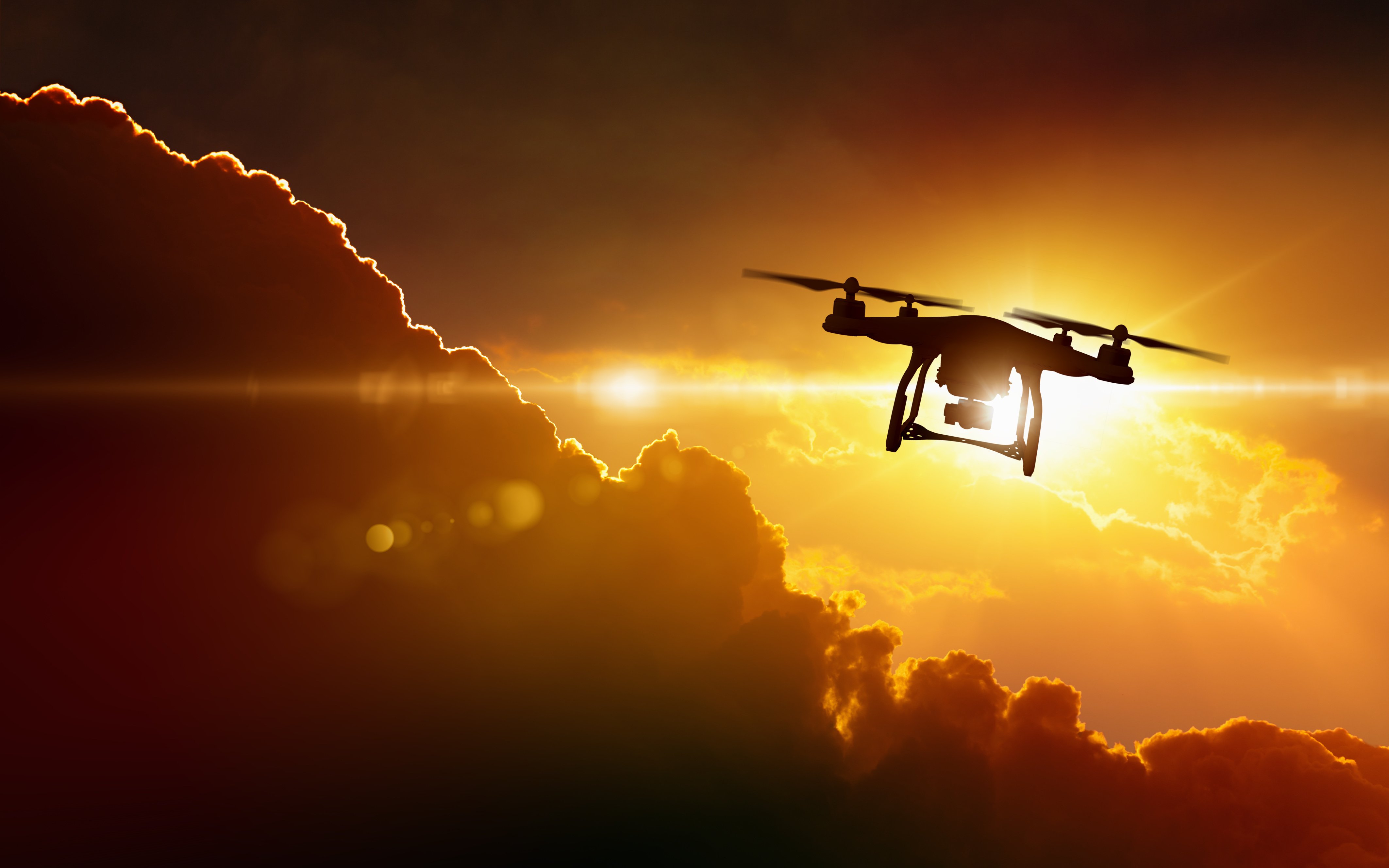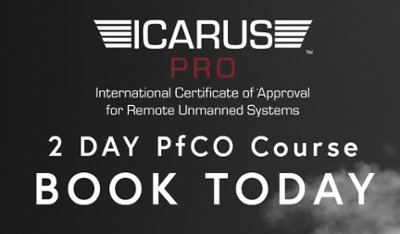The Air Navigation Order (ANO) is due to receive an amendment that affects the operation of small unmanned aircraft (SUA) in UK airspace from 30th July 2018.
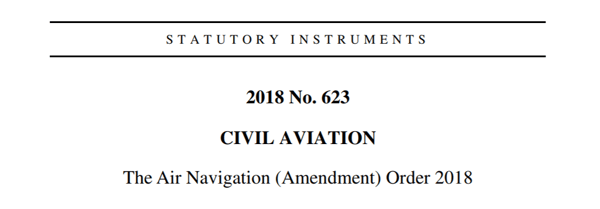
This will require all PfCO holders (and those currently due to apply after 30th July 2018) to amend their Operations Manual to reflect the changes.
As an operator you should, of course, be aware that it will be your responsibility to ensure that you operate legally and adapt your operations manual accordingly. We will, however, always endure to help you along the way with regulatory changes.
New terms
We have some new terms, Remote pilot and SUA operator.
Remote pilot is defined as an individual who remotely operates the aircraft’s flight controls, or who monitors its course while it is flying automatically and is able to intervene by operating the flight controls
SUA Operator is defined as the person who has the management of the aircraft.
This could be one in the same person, e.g. you are a single operator, and there is only yourself in the Operations Manual.
The SUA Operator is effectively the owner of the aircraft and has registered the aircraft to become an SUA Operator (see further down the article for more information on this).
Responsibilities appear shared between both the remote pilot and SUA Operator. It appears that it will be the SUA Operator (and probably the PfCO Holder/Accountable manager) who will be ultimately responsible for the aircraft, however, the remote pilot will still be held accountable if he breaches any of the regulations.
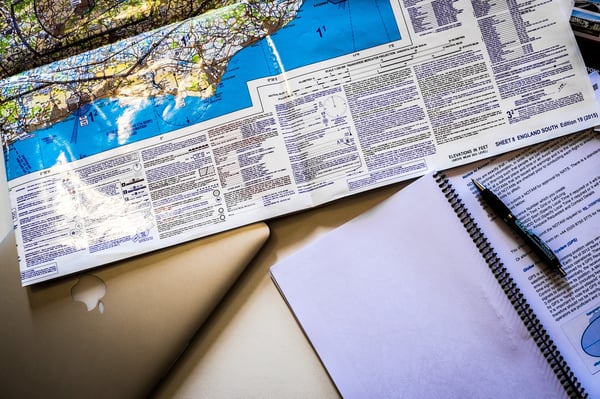
All SUA restricted to 400 ft
Previously under Article 94 flight was only restricted to 400ft AGL if the mass of the aircraft was greater than 7kg - however, those with a PfCO were restricted to 400ft for commercial flights under their permissions.
The new regulations state that ALL SUA are restricted to 400 ft, regardless of whether you have a PfCO or not.
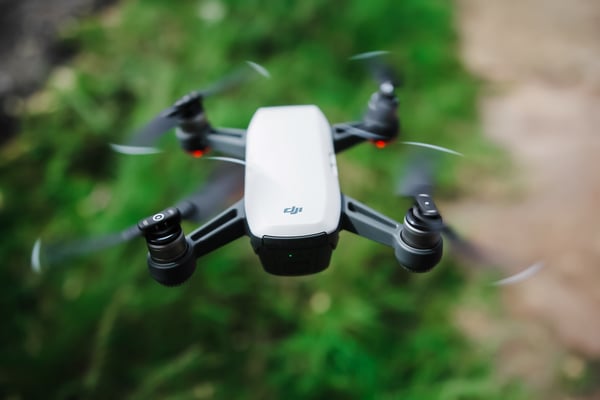
1 km restrictions around airports
Article 94B imposes restrictions to a flight near airports.
Protected airfields have an Inner Zone (inside and including the boundary) and Outer Zone (from the boundary out to a distance of 1 km).
If you are operating inside these zones, then you will need to refer to the table to determine what type of permission is required, which will depend on the level of ATC service provided and the airfields hours of operation.
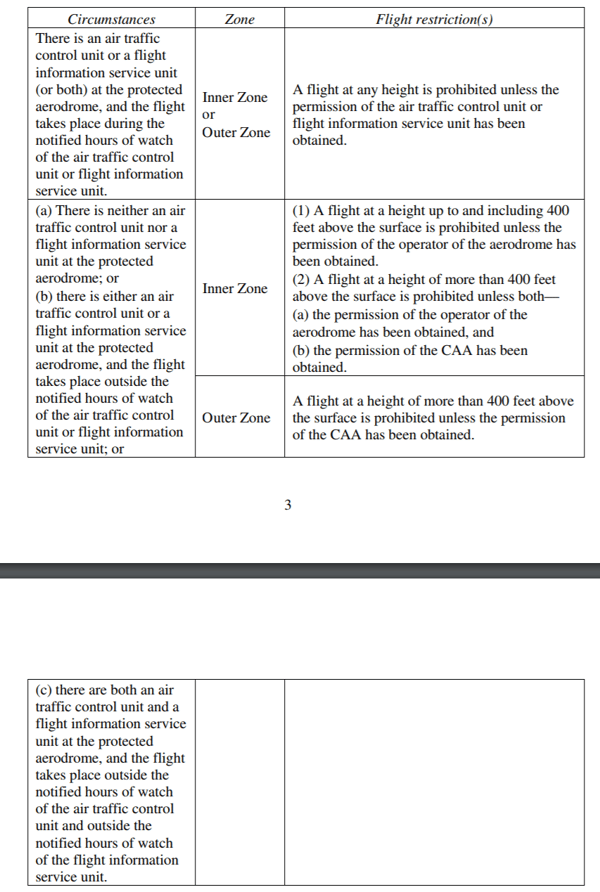
Protected airfields (aerodrome) include:
- EASA airfields
- National approved airfields
- Government airfields
- any other airfield that is prescribed as such.
To summarise, always ask for permission to fly within an ATC.
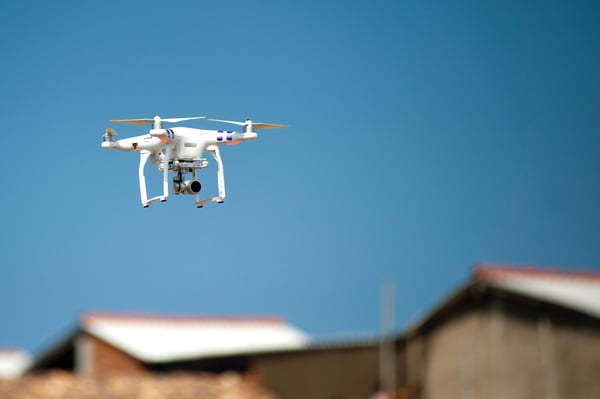
Registration as an SUA operator
Articles 94C and 94D detail the requirements for registration as an SUA operator.
To summarise, all small unmanned aircraft will need to be registered unless they have a mass of less than 250 grams.
The process will be administered by the CAA but will not come into force until October 2019 - one for the diary!
Articles 94E and 94F detail the requirements for competency as an SUA operator and a Remote Pilot; essentially all small unmanned aircraft operators, regardless of whether they fall under SUA Operator or Remote Pilot will need to be assessed as competent in the operation of SUA, unless the small unmanned aircraft in question has a mass of less than 250 grams.
It's not clear yet, as hobbyist pilots what these tests will include; however, we can assume (and will be able to clarify within the next few weeks) that the Permission for Commercial Operation (PfCO) will cover these bases.

Effects on NQE and ICARUS Students
All NQE's are due to have a meeting at the CAA shortly before the new Air Navigation Order 2018 comes into effect, so we'll have more information and more clarity in due course.
Our ICARUS course material will be updated from 30th July 2018 to reflect the new legislation. For existing ICARUS Students, we will update you via email of any necessary changes, but as stated, it is your responsibility to make sure you operate legally and safely.
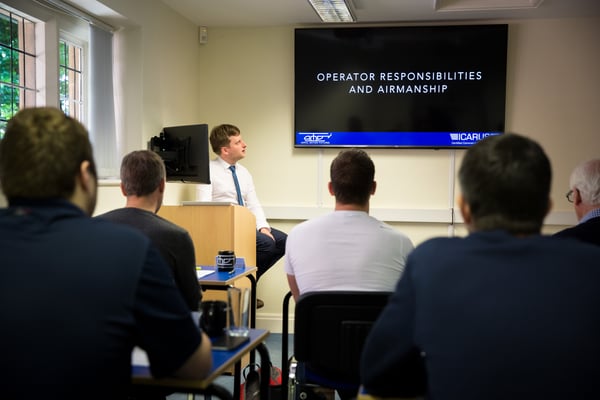
Summary
You will need to add Remote Pilot and SUA Operator into your vocabulary, and it will need to be reflected in your Operations Manual from 30th July 2018, replacing the term for 'person in charge' in their respected uses.
The “remote pilot” (defined as an individual who remotely operates the aircraft’s flight controls, or who monitors its course while it is flying automatically and is able to intervene by operating the flight controls) and the “SUA operator” (defined as the person who has the management of the aircraft).
All SUA are now restricted to 400 ft as a blanket rule.
There will be a 1 km border around most airfields where the use of drones will be prohibited unless you are granted permission.
From October 2019, you will need to register your drone with the CAA to become an SUA Operator and there will be a test of sorts.
You can download and read the The Air Navigation (Amendment) Order 2018 by clicking here. On Page 8, there is a useful explanatory note.
Although the changes coming into effect seem quite significant, for Commercial Drone Pilots, the changes are minimal and will hopefully ensure that everyone operates safely and legally with a greater sense of clarity on the regulations.
If you'd like to become a commercial drone pilot, or you'd like to add drones to your workplace, get in touch to find out more.
